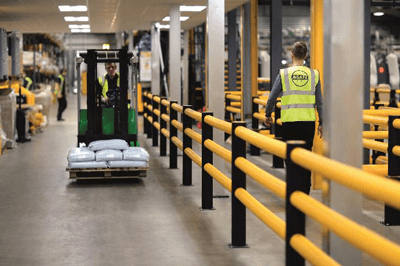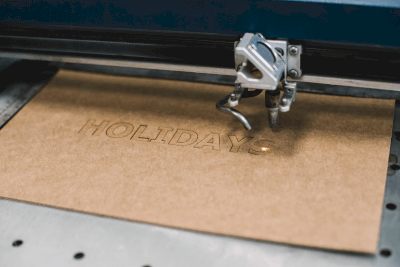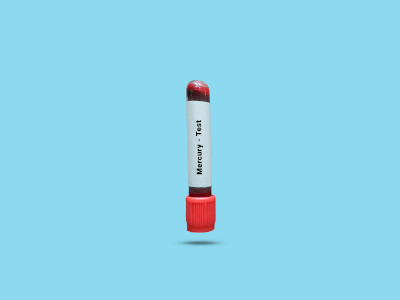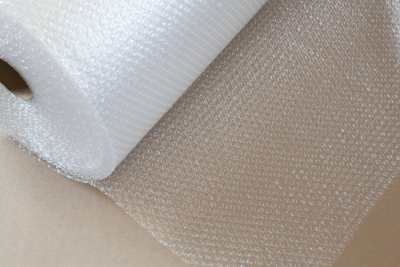What Is Cheesecloth?
Cheesecloth is a versatile agricultural covering material designed to protect crops. It shields plants from the harsh effects of the summer sun, cold temperatures, wind, and insects. Available in different materials and sizes, cheesecloth’s effectiveness depends on selecting the appropriate color for the intended purpose.
Uses of Cheesecloth
In horticulture and crop cultivation, cheesecloth serves multiple functions. It provides heat retention and windproofing, along with shading. The specific use varies with the season, aiding in seedling growth in early spring, offering light shading during summer, and protecting against frost in winter.
Characteristics of Cheesecloth
While similar to non-woven fabrics and insect nets, cheesecloth has distinct advantages and disadvantages.
Advantages
Cheesecloth is long-lasting and economical. It is affordable, available in various colors to select desired shading properties, and has excellent air permeability. This durability and versatility make it suitable for multiple purposes, including insect control and heat retention.
Disadvantages
However, its versatility can sometimes limit its effectiveness. For instance, non-woven fabrics are superior for heat retention. Black cheesecloth, while offering high shading, is less effective for heat retention. In terms of insect repellency, finer mesh or light-reflective colors in some cheesecloths are beneficial, but insect nets are more effective. Layering cheesecloth with non-woven fabrics and insect nets can optimize its functionality.
Types of Cheesecloth
Cheesecloth can be classified based on material, size, and color:
1. Classification by Material
Common materials include chemical fibers like polyethylene and natural fibers such as cotton and hemp. Polyethylene is a popular choice due to its cost-effectiveness and large-scale utility. Natural fibers, while rougher and less protective against light and wind, offer excellent air permeability, facilitating watering without removing the cover.
2. Classification by Size
Home garden varieties often come in lengths of 5m or 10m and widths of 1.35m or 1.8m. For tunneling, the length should be 1.5 to 2 times that of the rows to prevent insect intrusion.
3. Classification by Color
Available in colors like white, black, and transparent, each suited to different needs. White cheesecloth, with a low shading rate of 20%, is ideal for winter use for heat retention and frost prevention. Black cheesecloth, offering a 50% shading rate, is used in summer for shade and moisture retention. Color choice is crucial for optimal results, considering seasonal requirements and specific crop needs.
Other Information on Cheesecloth
1. How to Use Cheesecloth
Proper installation is key to maximizing cheesecloth’s effectiveness. It involves placing arch supports, covering them with cheesecloth, and securing them to prevent displacement by wind.
2. Difference Between Cheesecloth and Non-woven Fabric
Cheesecloth is primarily used for shading and protection from elements, while non-woven fabrics focus on heat retention. Insect nets, alternatively, are used solely for insect control. Each has its distinct usage based on the crop’s needs and environmental conditions.
 A guardrail is a protective barrier used in factories and other industrial settings to prevent or mitigate damage from vehicle collisions. With the frequent operation of
A guardrail is a protective barrier used in factories and other industrial settings to prevent or mitigate damage from vehicle collisions. With the frequent operation of  A laser engraving service is a specialized technique for engraving intricate patterns or designs onto various materials. The depth and precision of the engraving depend on the material and the laser’s output power. Laser processing encompasses cutting, marking, engraving, and laser engraving services.
A laser engraving service is a specialized technique for engraving intricate patterns or designs onto various materials. The depth and precision of the engraving depend on the material and the laser’s output power. Laser processing encompasses cutting, marking, engraving, and laser engraving services. A mercury analyzer is a tool used for detecting the presence and concentration of mercury in environmental or biological samples. Mercury, while naturally occurring, can be harmful to human health if ingested in amounts above the permissible limit.
A mercury analyzer is a tool used for detecting the presence and concentration of mercury in environmental or biological samples. Mercury, while naturally occurring, can be harmful to human health if ingested in amounts above the permissible limit.
 An ultrashort pulse laser is a type of laser with extremely brief pulse widths ranging from a few picoseconds to a few femtoseconds. A picosecond is one trillionth of a second, while a femtosecond is even shorter, at one quadrillionth of a second. The extreme brevity of these pulses means that in the time it takes for a single pulse to occur, light travels only a fraction of a millimeter.
An ultrashort pulse laser is a type of laser with extremely brief pulse widths ranging from a few picoseconds to a few femtoseconds. A picosecond is one trillionth of a second, while a femtosecond is even shorter, at one quadrillionth of a second. The extreme brevity of these pulses means that in the time it takes for a single pulse to occur, light travels only a fraction of a millimeter. Packaging materials are used for wrapping, decorating, protecting, and transporting objects. These materials come in various forms, such as food containers, trays, plastic bags, paper bags, film packaging, paper napkins, and cushioning materials, covering a broad range of applications in manufacturing and sales, particularly in the food industry.
Packaging materials are used for wrapping, decorating, protecting, and transporting objects. These materials come in various forms, such as food containers, trays, plastic bags, paper bags, film packaging, paper napkins, and cushioning materials, covering a broad range of applications in manufacturing and sales, particularly in the food industry.